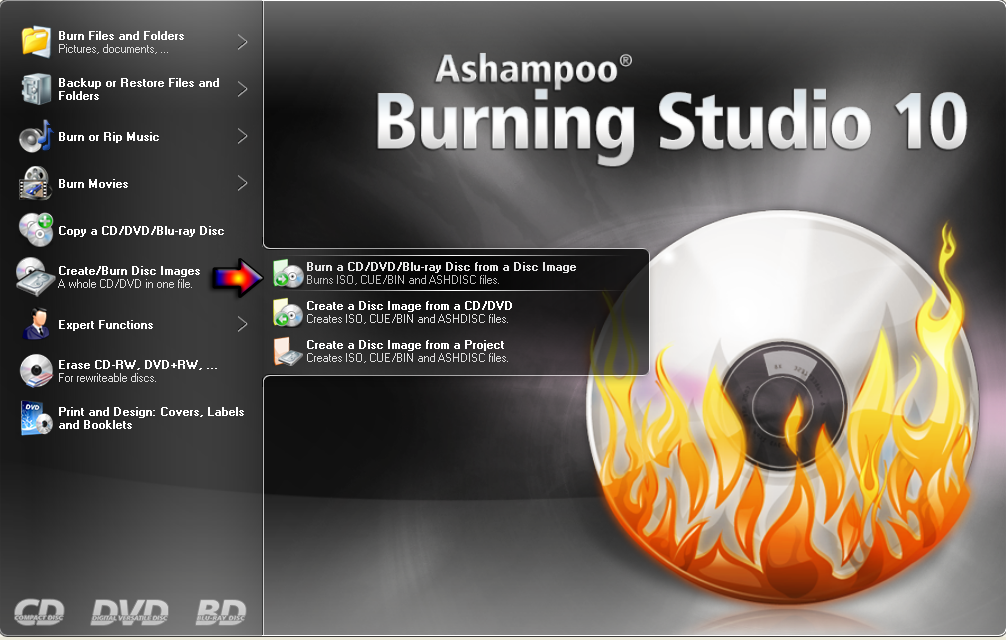

If you try to bypass this step and drag and drop your ISO file on your pen drive instead of burning the ISO to USB on your Windows 10 computer, nothing will happen. Then all you need to do is format your pen drive and “burn” the ISO file on it. In particular, the content of the disk image of Linux operating systems will vary depending on whether you want to do the installation using the internet (net install) or a USB key. Nowadays, doing an OS install is way faster developers provide an image of the operating system directly on their website through a downloadable ISO file. Whether you want to test an OS out through a USB live version first (LINK) or do a full install on your hard drive, you will need to get yourself a copy of this specific filetype to do so.īack in the day, operating systems were more often than not installed using either a CD, DVD, or floppy disks (remote network installations were also a thing, but mostly reserved for businesses). Most programs that previously required the purchase of a CD or DVD, such as Windows, video games, or OS tools (e.g., Microsoft Office), are now readily available online via the download (paid or free) of their equivalent ISO image. An ISO file thus replaces the need for a physical CD, as it provides us with a virtual copy of your software or operating system of choice. In simple terms, an ISO file represents a copy of a full image from a disc that someone has transferred over to the internet. Why do I need to burn the image on a pen drive.Note also that if you are a Windows 10 user but would rather use the command line to burn an ISO to USB on Windows 10, you can find a step-by-step guide here.īefore we look at the process, let’s review some basic concepts: As for Linux users, click on the following to find how to burn an ISO file on your pen drive. If you are a macOS user, click HERE for an ITgirl.tech step-by-step guide on how to burn an ISO file on your pen drive from macOS. Note that as each operating system has its own set of tools and compatible software, this guide is made especially for windows 10 users. This article provides a how-to guide on how to burn ISO files to USB on Windows 10 using Rufus, an application available for free. The great news is that you do not need to dedicate a new computer to try these operating systems all you need is a pen drive, the disc image of your OS of choice, and this guide! Indeed, knowing how to burn an ISO file to USB on your Windows 10 computer will allow you to try out as many operating systems as you want.



If you are a lifelong PC user, you might be curious about some of the alternative operating systems available (Ubuntu, Debian, Linux Mint, or any of the many lightweight Linux distributions).


 0 kommentar(er)
0 kommentar(er)
